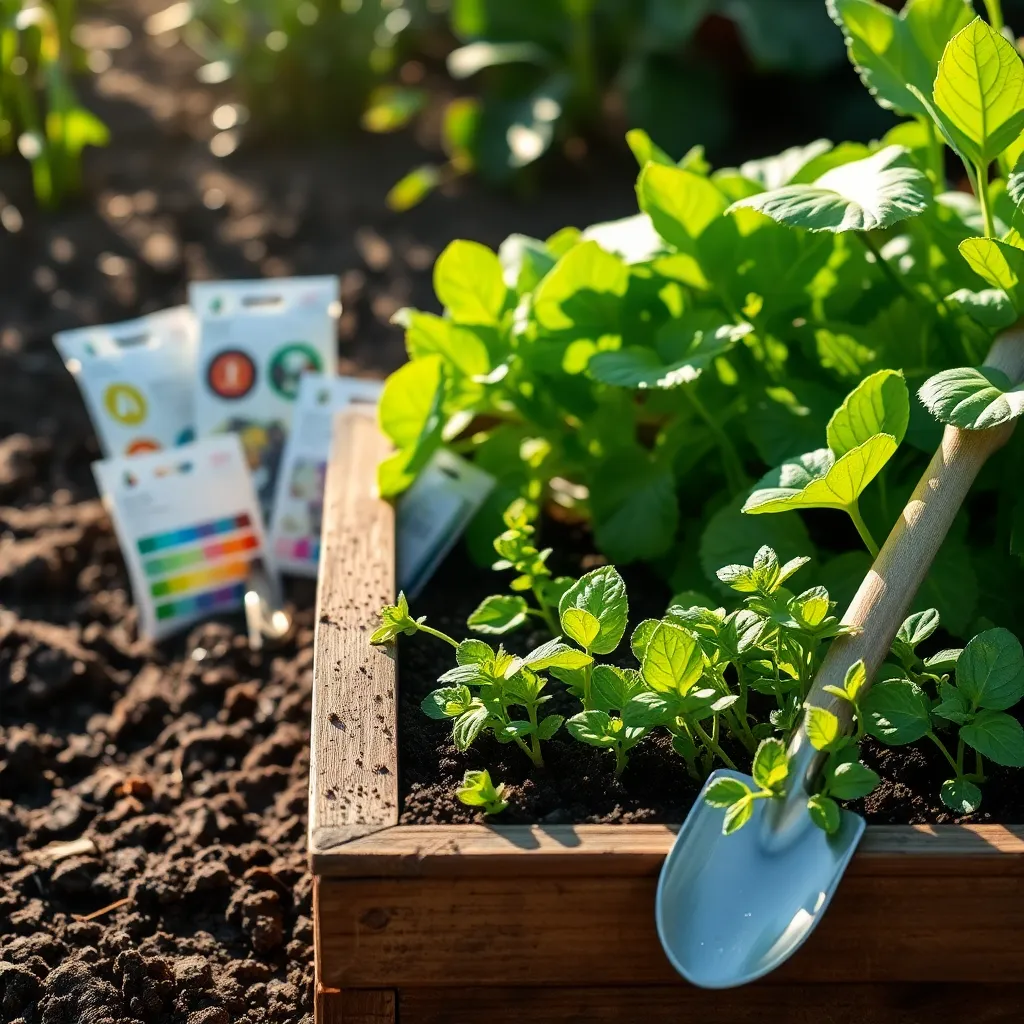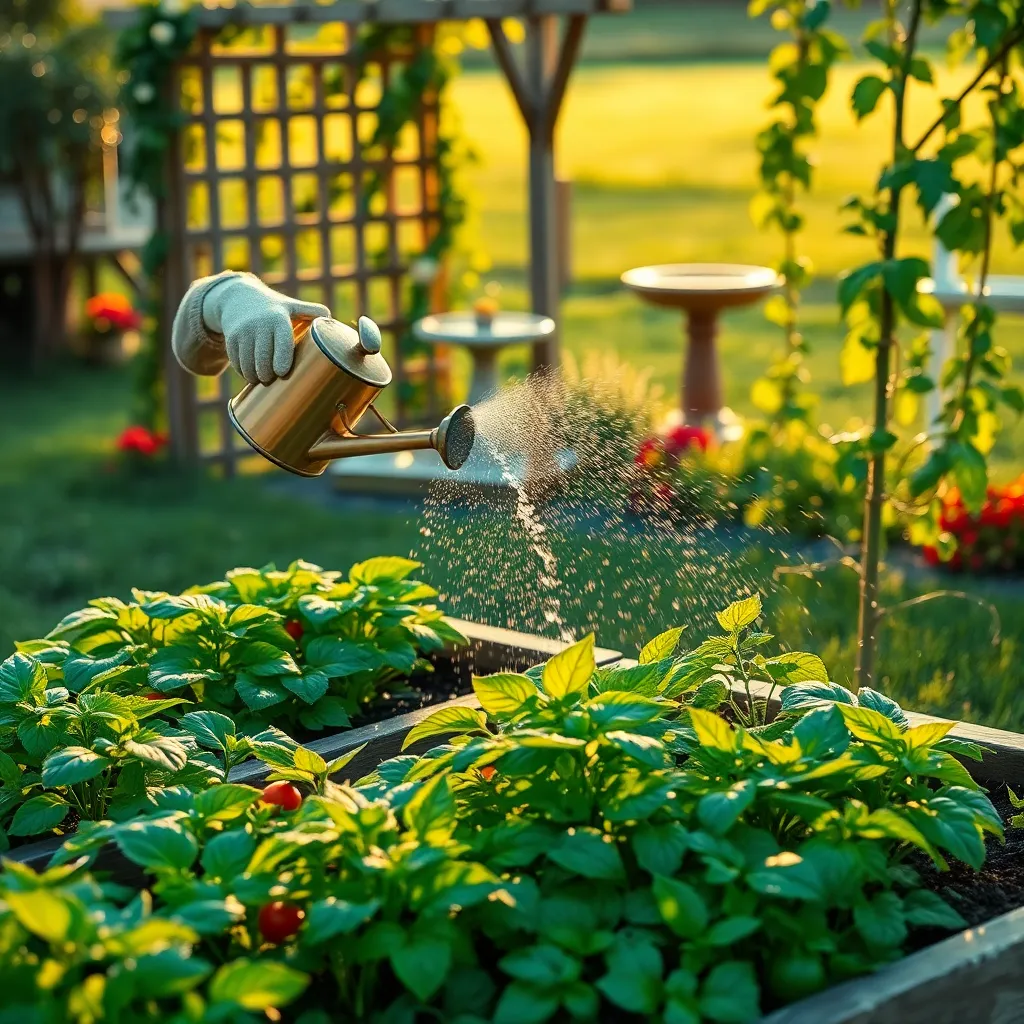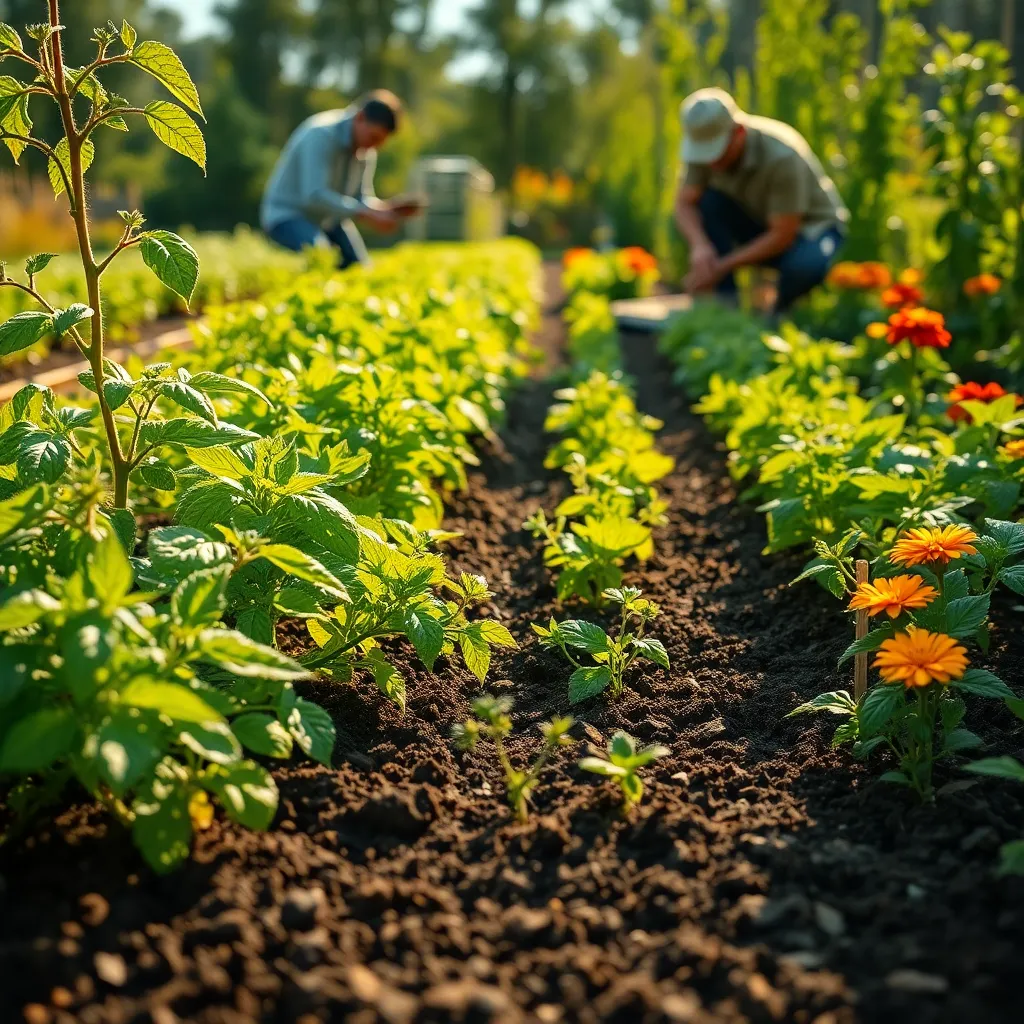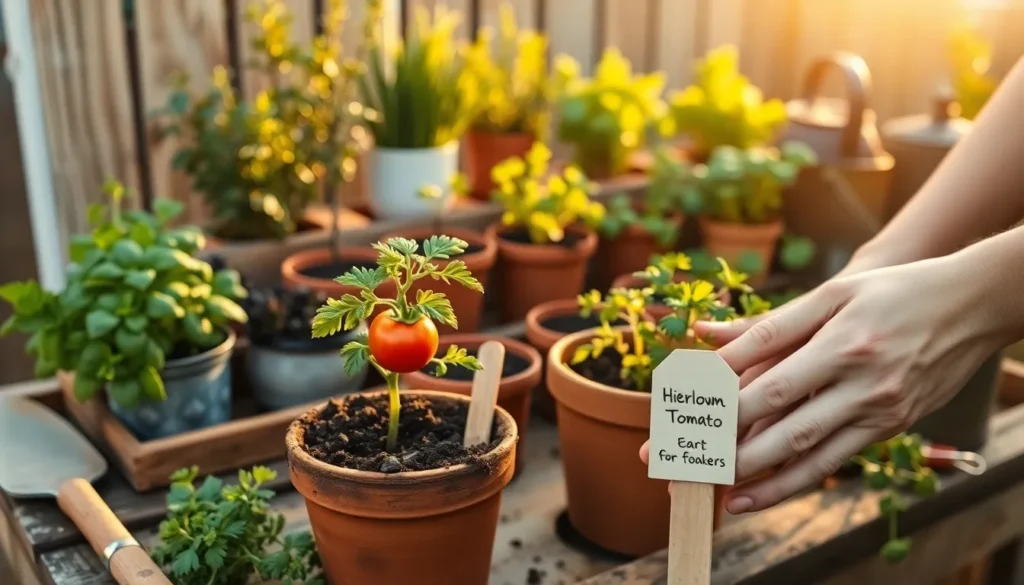Welcome to “Easy Gardening Tips for Beginners,” where the art of gardening transforms from a daunting task into a delightful adventure. Whether you’re sowing your first seeds or you’ve already got a patch of green under your belt, this guide promises to enrich your gardening journey with a trove of simple, yet effective techniques. By embracing these tips, beginners will find themselves cultivating confidence, while seasoned gardeners might uncover fresh perspectives to enhance their existing know-how.
In this guide, you’ll discover how thoughtful garden design can elevate your space into a lush oasis, no matter the size or scope. Each tip is crafted to offer tangible results, making the gardening process not only smoother but also more rewarding. The joy of nurturing plants and watching them thrive is unparalleled, and with our easy-to-follow advice, you’ll soon reap the benefits of your labor. Let’s dig in together and cultivate a garden that brings beauty, bounty, and satisfaction to your life.
Start with Easy-to-Grow Plants

Starting your gardening journey with easy-to-grow plants can boost your confidence and ensure early success. Look for plants that are known for their resilience and adaptability, such as marigolds, zinnias, and sunflowers for sunny spots, or ferns and hostas for shaded areas.
Choose plants that match the conditions of your garden space to minimize care requirements. For instance, succulents and herbs like basil and mint thrive in well-drained soil and require moderate sunlight, making them ideal for windowsills or patios.
Consider vegetables like radishes and lettuce that are quick to germinate and mature, providing a swift harvest. These crops are not only easy to grow but also allow you to experience the full cycle of planting, growing, and harvesting in a relatively short time.
Even if you’re short on space, container gardening offers a flexible solution. Use pots with good drainage and potting mix tailored to the plant type to help your garden thrive even on a small balcony or porch.
Test and Improve Soil Quality

Understanding your soil’s quality is essential for healthy plant growth. To get started, consider conducting a basic soil test, which can be done using an at-home kit or by sending samples to a local extension service.
Begin by checking the soil’s pH level, as this affects nutrient availability to plants. Most vegetables and flowers thrive in soil with a pH between 6.0 and 7.5, making adjustments necessary if your soil falls outside this range.
Improving soil structure is another critical step for optimal plant health. Incorporate organic matter such as compost or well-rotted manure to enhance aeration and drainage, which is particularly beneficial in clay or sandy soils.
Consider the texture of your soil by feeling it between your fingers. A loamy soil, which is a balance of sand, silt, and clay, is ideal as it retains moisture while allowing excess water to drain.
Fertilizing is crucial for boosting nutrient levels, especially if the soil test reveals deficiencies. Use a balanced fertilizer, or tailor your feeding plan with specific nutrients based on the test results to avoid over-fertilization, which can harm plants.
Water Plants Early in Day

Watering your plants early in the day is one of the best practices for maintaining a healthy garden. This timing allows the moisture to soak into the soil before the sun’s heat causes excessive evaporation.
Morning watering is particularly beneficial because it helps prevent the growth of fungi and diseases that thrive in moisture. By giving your plants a drink in the morning, you provide them with the hydration they need to withstand midday heat.
It’s crucial to water deeply but not too frequently, ensuring that the moisture reaches the roots where it’s most needed. Use a soaker hose or drip irrigation system to deliver water directly to the soil, minimizing waste and keeping leaves dry.
For beginners, a simple rule of thumb is to water until the top few inches of soil are moist. More experienced gardeners can use a moisture meter to check exactly how much water their soil needs, optimizing plant health and growth.
Use Mulch to Retain Moisture

Mulching is a fantastic way to retain moisture in your garden and can significantly reduce the frequency of watering. By covering the soil surface with a layer of organic material, such as bark, straw, or shredded leaves, you help to keep the soil cool and reduce evaporation.
To get started, apply a 2 to 3-inch layer of mulch around your plants, ensuring it doesn’t touch the stems directly to avoid rot. Be sure to choose mulch that suits your garden style and plant needs; for instance, bark chips are excellent for flower beds, while straw works well in vegetable gardens.
In addition to moisture retention, mulch also suppresses weeds, providing a clean and tidy garden appearance with less effort. As the mulch breaks down, it enriches the soil with organic matter, improving soil structure and fertility over time.
For those looking to add a touch of expertise, consider using pine needles or cocoa hulls for a more decorative finish, keeping in mind their specific pH effects on the soil. Remember to refresh your mulch layer annually to maintain its benefits and keep your garden looking vibrant and healthy.
Space Plants to Prevent Crowding

Proper plant spacing is crucial to prevent overcrowding and ensure each plant has enough resources to thrive. When plants are too close together, they compete for light, water, and nutrients, which can stunt their growth and lead to disease.
Before planting, check the seed packet or plant label for recommended spacing guidelines. These instructions are tailored to the specific needs of the plant, ensuring you provide ample room for healthy development.
For beginners, a general rule of thumb is to leave at least 12 inches between small plants like lettuce or radishes and 24 inches for larger plants such as tomatoes or peppers. This spacing allows for adequate airflow, which helps reduce the risk of fungal diseases.
Consider using a garden grid or measuring tool to maintain consistent spacing. This simple step can help you make the most out of your garden space and achieve a more organized and productive layout.
Conclusion: Growing Success with These Plants
As we wrap up our exploration of ‘Easy Gardening Tips for Beginners,’ we’ve uncovered five essential relationship concepts that parallel the nurturing care a garden needs to thrive. First, we learned the importance of preparing the soil, akin to establishing a foundation of trust and understanding. Next, selecting the right seeds symbolizes choosing the values and goals that align with your shared vision. Third, the art of watering and feeding highlights the necessity of consistent communication and support. Fourth, the practice of weeding reflects the ongoing effort to address and resolve conflicts. Lastly, enjoying the blooms reminds us to celebrate achievements and the beauty of growth together.
Now, take a moment to reflect on which of these concepts resonates most with your current relationship, and consider discussing it with your partner this week. For continued growth and inspiration, save this article as a handy reference. Just as a garden flourishes with regular attention, your relationship will blossom as you apply these insights.
The seeds of your relationship success are in your hands—nurture them with care, and watch your love grow abundantly. Bookmark this guide as your trusted companion on this beautiful journey.







